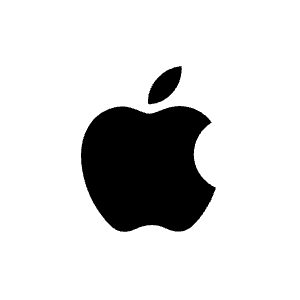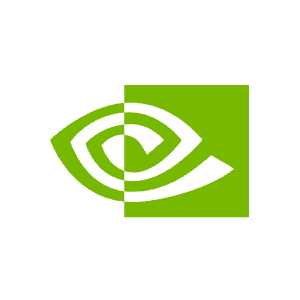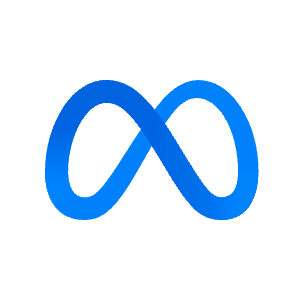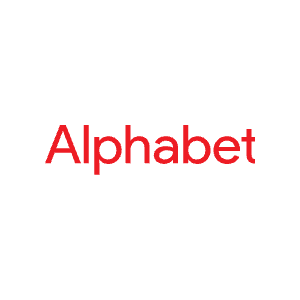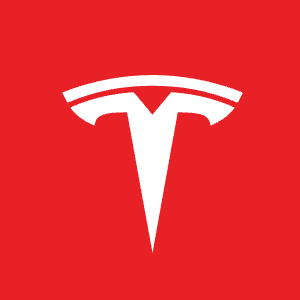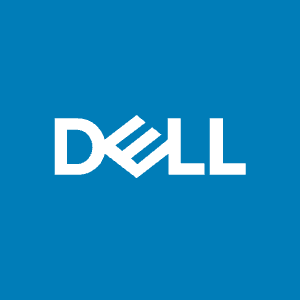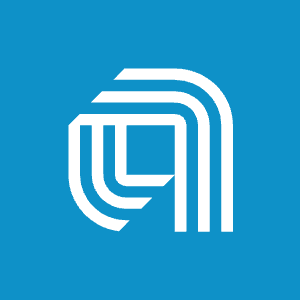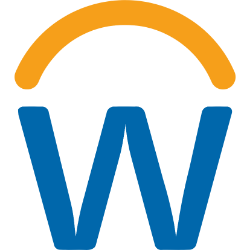Microsoft Corporation Shareholders Summary
- The top 10 institutional investors collectively own - of
Microsoft Corporation . Among these, the top 3 institutional investors
(-) hold about - of the
company.
- Overall, institutional investors own - of
Microsoft Corporation's shares.
- Others (Retail investors and Insiders) own about 55.61%
of the company.
Definition:
Institutional investors are large financial organizations that invest money on behalf of their
clients. Fund managers manage these funds and have significant influence over corporate decisions due to
the size of their ownership. Examples of institutional investors include asset managers, mutual funds,
pension funds, ETFs, hedge funds, endowments, insurance companies, etc.
Insiders are the company's executives (CXOs), directors, and key officers. They are required to
report their ownership to ensure transparency, trust, and governance.
Retail investors, also known as individual investors, are everyday people who buy stocks
for their personal investment portfolios.
Learn more about Microsoft Corporation's Revenue,
CEO
Salary, Employees and Revenue by
Segment.
Check out competitors to Microsoft Corporation in a side-by-side
comparison.
Explore additional financial metrics for Microsoft Corporation.









